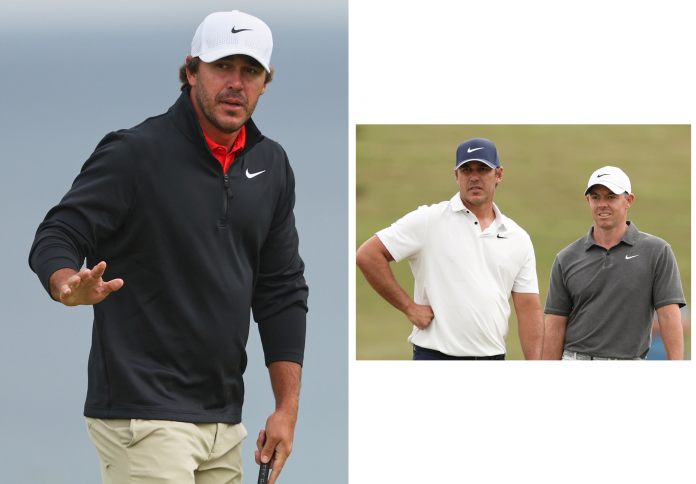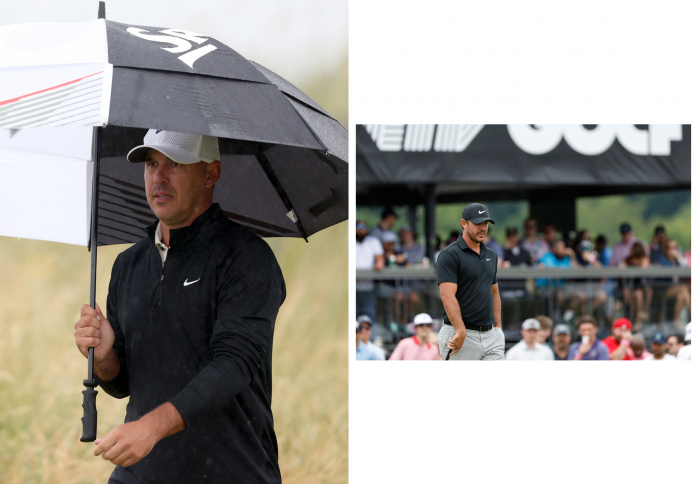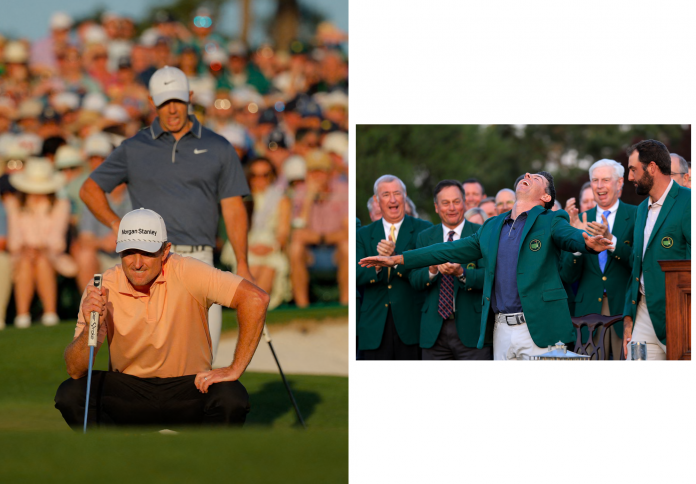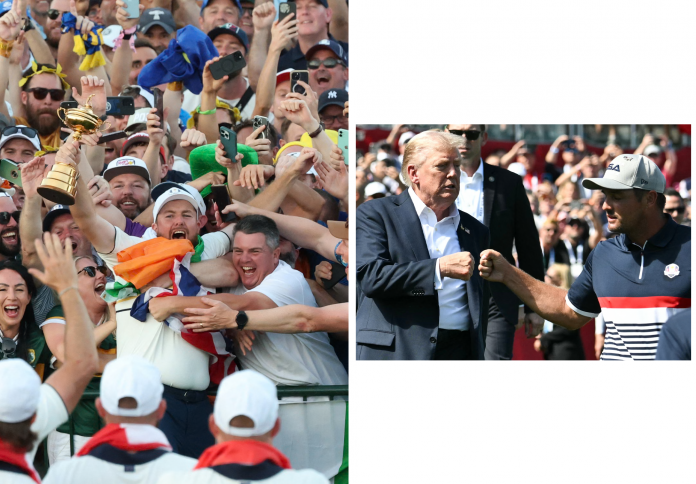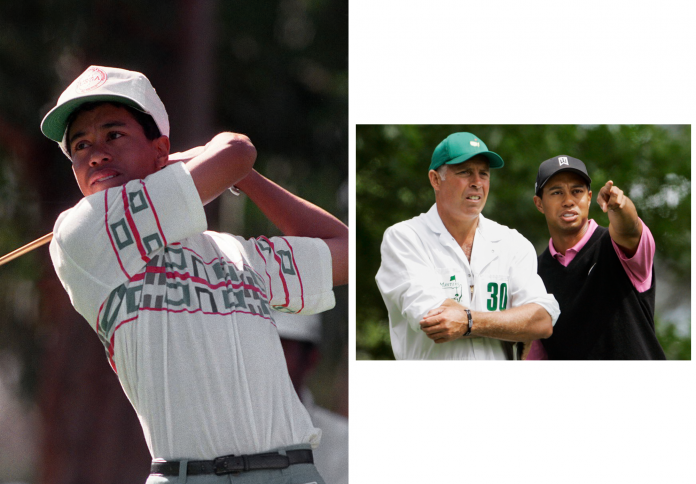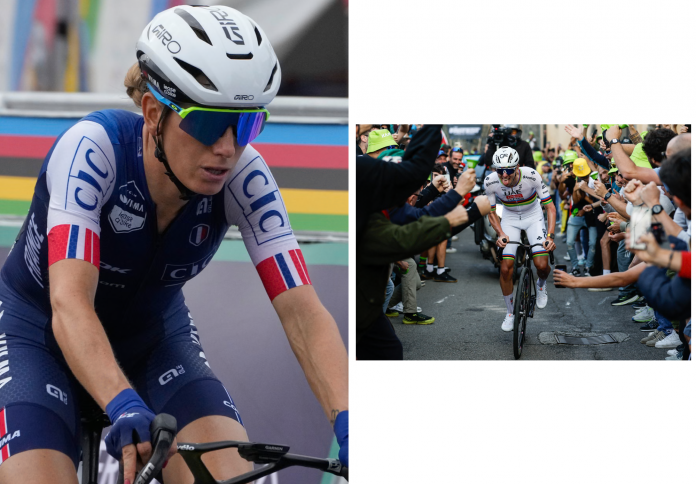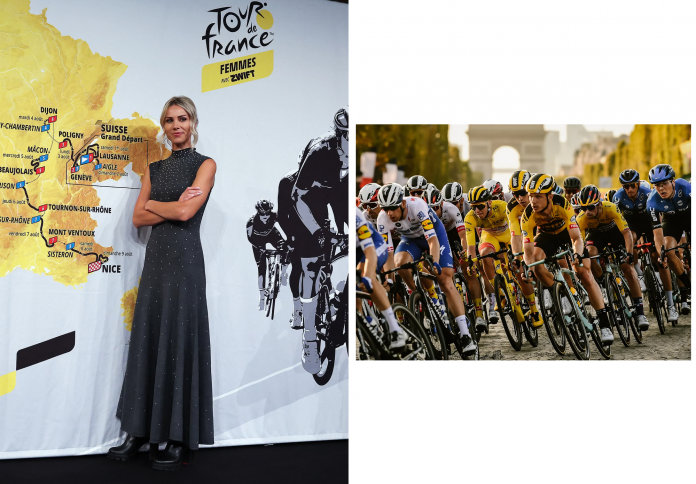The New York Rangers are in urgent need of identity, grit, and leadership. As fans and analysts dissect what went wrong in their most recent campaign, a clear blueprint has begun to emerge—one that doesn’t just tweak the roster but transforms the culture. At the heart of this plan is a familiar face with unfinished business: J.T. Miller.

Back to the future with J.T. Miller
In the eyes of many Rangers loyalists, J.T. Miller should never have left. The versatile forward was traded to Tampa Bay in 2018, but in the years since, his physicality, scoring, and fiery presence have blossomed into exactly what the Rangers now lack. The idea of bringing him back—and making him captain—isn’t just about nostalgia. It’s about leadership, accountability, and setting a tone for a team often accused of being too soft.
Miller is no longer the promising youngster he was at Madison Square Garden. He’s a proven veteran with a track record of offensive consistency and on-ice edge. Naming him captain would send a strong message to the locker room: this team is shifting toward toughness and intensity, with no room for complacency. It would also allow younger players to follow a model of compete-level hockey, night in and night out.
Reinforce the blue line with purpose
The defensive corps needs more than just minor upgrades. While Adam Fox remains an elite puck mover and Ryan Lindgren brings heart and soul, the supporting cast has faltered under pressure. One key name from the past season, Niko Mikkola, provided a credible presence on the third pair after arriving from the Blues. But as a rental, he wasn’t a long-term solution—and that’s part of the problem.
Chris Drury must address the Rangers’ need for size, physicality, and playoff-caliber depth on the blue line. This doesn’t mean chasing stars—it means acquiring reliable defenders who thrive in the dirty areas, can kill penalties effectively, and don’t wilt in high-leverage moments. Think less about flash, more about functionality.
Embrace identity over skill alone
The Rangers have, for too long, leaned on finesse and skill to define their game. But come playoff time, talent alone hasn’t been enough. The team has struggled to assert itself physically and emotionally, often being outworked and outhustled by hungrier opponents. That’s where a philosophical shift needs to take root.
The nine-point plan emphasizes toughness not as an outdated cliché but as a modern necessity. This doesn’t mean turning into a goon squad—but building a team culture where pushback, intensity, and accountability are non-negotiable. It’s about identity. It’s about building a team that’s not just built to win in October but built to last into May and June.
Prioritize in-game adjustments and coaching structure
Another under-discussed element of the Rangers’ struggles has been coaching inflexibility. When opponents have adapted, the Blueshirts often haven’t responded. Whether in line deployments or special teams setups, a reactive rather than proactive style has cost them momentum in key games.
A successful overhaul includes rethinking the bench structure—perhaps adding more experienced assistants or elevating voices willing to challenge the status quo. Coaches must feel empowered to make adjustments on the fly, not just in post-game film sessions. That evolution starts with acknowledging the limitations exposed during this year’s playoff exit.
Develop from within but with standards
For all their spending, the Rangers remain a team flush with prospects. Yet, development has been inconsistent. Players like Alexis Lafrenière and Kaapo Kakko have shown flashes of brilliance, but haven’t become nightly difference-makers. That speaks less to talent and more to developmental environment.
The Rangers need a firmer, more demanding developmental philosophy. Young players should be held to NHL-level standards—not protected or pampered. Whether that means harder coaching or less tolerance for invisible shifts, the message must be clear: youth is not an excuse for a lack of effort or engagement.
Be smarter with rentals and long-term contracts
The Tarasenko and Mikkola trades exemplified a classic deadline pattern: high hopes, minimal payoff. While not disastrous, these deals were emblematic of a strategy that hasn’t paid dividends. The Rangers can no longer afford to burn draft capital on short-term patches unless those players truly elevate the roster.
More broadly, long-term contracts must be scrutinized. Chris Drury has to avoid overcommitting to aging veterans or players whose best seasons are behind them. Cap flexibility will be essential in the years ahead, especially as core players demand extensions. The next big commitment must align with the team’s culture—not just its cap sheet.
Rebuild the fourth line from scratch
Depth wins championships, and the Rangers’ bottom-six has too often been a black hole. The fourth line, in particular, has lacked identity—sometimes too slow, sometimes too inexperienced, and almost always ineffective against top-tier opponents. A rebuild here isn’t optional, it’s foundational.
The plan calls for a fourth line that can play meaningful minutes, win faceoffs, and deliver physicality without taking penalties. Think less about plug-ins and more about long-term role players who embrace their niche. This unit should be able to shift momentum—not merely survive it.
Establish a new leadership core
Naming J.T. Miller captain is step one, but leadership doesn’t end with one voice. The Rangers must identify a leadership group that reflects the team’s new direction—harder-working, grittier, and unafraid to speak out. That includes players willing to hold each other accountable, not just in the locker room but on the ice.
This isn’t about forming a hierarchy of veterans. It’s about choosing players, old or young, who embody effort, composure, and urgency. Leadership needs to be visible in every shift, every backcheck, every battle along the boards. That kind of culture isn’t built overnight—but it starts with intention.
The time for half-measures is over
The Rangers remain a team with immense potential—but one held back by a lack of cohesion, grit, and purpose. The nine-point plan doesn’t just focus on the roster. It demands a cultural transformation. From J.T. Miller’s return to rethinking development, depth, and discipline, this is about forging a new Rangers identity—one built to compete, to intimidate, and ultimately, to win.


